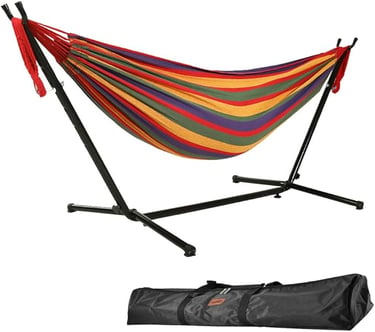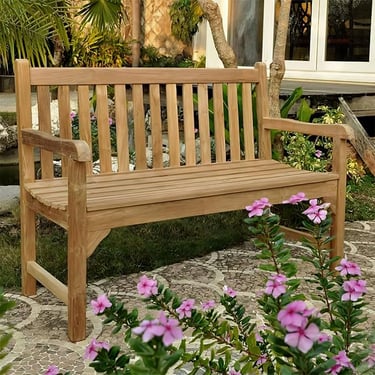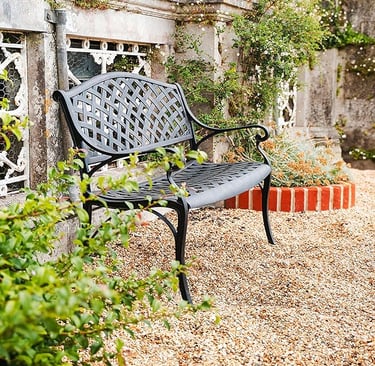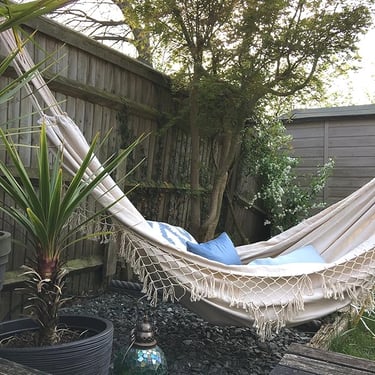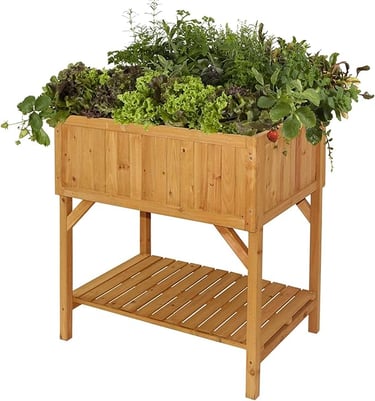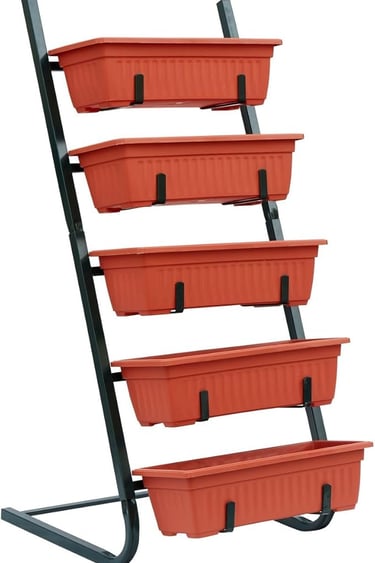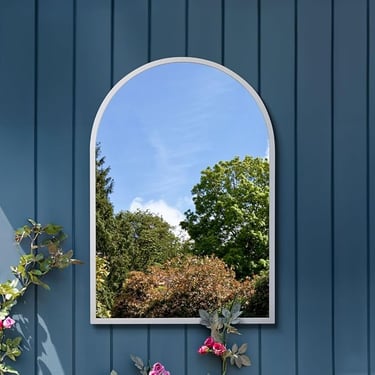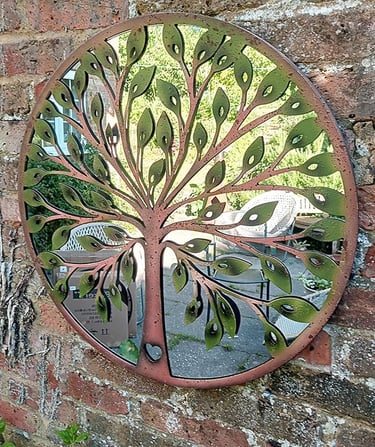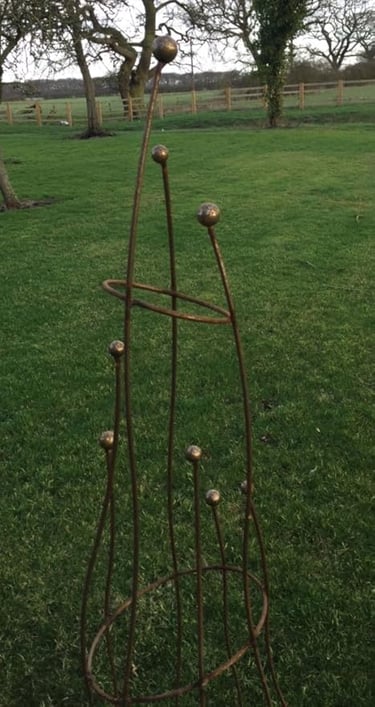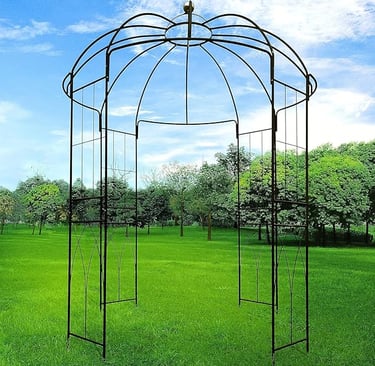Adding Unique Features for Interest and Enjoyment in Your Garden #ad
6/26/20254 min read
Creating Relaxation Spaces with Hammocks and Benches
Incorporating relaxation spaces into your garden is essential for promoting well-being and enjoyment of your outdoor environment. Benches are excellent features that not only provide comfortable seating but also enhance the overall aesthetic of your garden. When designed thoughtfully, these elements can create inviting nooks perfect for unwinding after a long day. Make sure you get a sturdy one and it will serve you for years. I like the metal one as it gets better with age.
Hammocks, available in various materials such as cotton, polyester, or canvas, offer a cosy retreat under the trees or between two sturdy posts. Their design options range from vibrant colours to neutral tones, allowing homeowners to match their outdoor décor. It's something whimsical and charming in seeing a hammock in a garden.
Placement is another critical factor in creating a relaxation area. Positioning a hammock or bench near a flower bed or water feature can enhance the experience, as the sights and sounds of nature contribute significantly to relaxation. Shade is equally important, so consider locating these seating options under trees or alongside trellises with climbing plants. To maximize comfort, complement your hammock or bench with cushions and throws that add both warmth and style.
Empowering Your Garden with Herb Gardens
Integrating a herb garden into your outdoor space offers numerous benefits, making it a practical and aesthetically pleasing addition. First and foremost, growing your own herbs empowers you to enhance your culinary endeavors. Fresh herbs such as basil, thyme, and rosemary can elevate your dishes, offering flavors that are far superior to store-bought options. By cultivating these plants, you ensure a constant supply of fresh ingredients at your fingertips, leading to healthier meals and reduced grocery expenses.
Apart from their culinary uses, herb gardens also contribute significantly to the visual appeal of your garden. The lush, green foliage adds texture and color, creating an inviting atmosphere. Arranging a variety of herbs not only maximizes space but also allows for creative design, whether you choose a traditional potting approach, vertical gardening, or a dedicated plot. Incorporating decorative stones or garden furniture can enhance the overall aesthetics while providing a functional space for relaxation.
Moreover, an herb garden provides a sensory experience that invigorates the mind and spirit. The delightful fragrances released from herbs such as mint or lavender can create a calming environment, transforming your outdoor area into a haven for relaxation. To ensure that your herb garden flourishes, selecting the right herbs for your climate is essential. For instance, heat-loving herbs like oregano thrive in warmer conditions, while dill prefers cooler environments. Additionally, consider layout options: a rectangular raised bed or a circular cluster can optimize sunlight and airflow, essential for healthy growth.
Enhancing Visual Interest with Mirrors, Obelisks, and Trellises
Incorporating reflective surfaces, such as mirrors, into garden designs can dramatically enhance the visual interest of outdoor spaces. Mirrors create an illusion of depth, making smaller gardens feel more expansive and inviting. When positioned strategically, they can reflect vibrant flowers, lush greenery, and other garden features, effectively doubling the visual impact and drawing the eye toward various focal points. Placement should be considered carefully; for instance, placing a mirror opposite a blooming shrub or a garden sculpture can create a stunning visual effect, inviting visitors to engage with the space more fully.
In addition to mirrors, vertical structures like obelisks and trellises play a crucial role in enhancing garden aesthetics. These features provide height, allowing for a layered garden design that captures attention and creates dynamic views. Obelisks can support a range of climbing plants, such as clematis or sweet peas, which wind around their structures, blooming in succession to provide continuous color and texture throughout the growing season. Similarly, trellises can serve as a backdrop for flowering vines, such as climbing roses or jasmine, enhancing the garden's scent and tactile qualities.
When integrating these elements, it is important to select appropriate plant varieties that thrive in your garden's climate and conditions. For a cohesive look, consider using plants with complementary colors to your existing foliage or structures. Dedicating specific areas of the garden for these vertical elements can also promote a more organized layout. Additionally, the visual appeal of mirroring and vertical gardening can be utilized alongside other features, such as paths and ornamental stones, to create a layered environment that encourages exploration and enjoyment. By thoughtfully incorporating mirrors, obelisks, and trellises, gardeners can transform their spaces into captivating retreats filled with depth and intrigue.
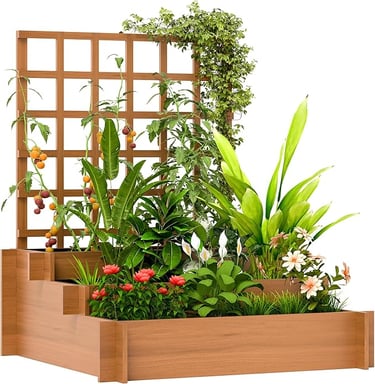

As an Amazon Associate, I earn from qualifying purchases.
Inspiration
Enhancing your home with thoughtful design tips.
Style
contact@ashleyparkdesigns.com
© 2025. All rights reserved.

